Cremone Bolts & How to Use Them
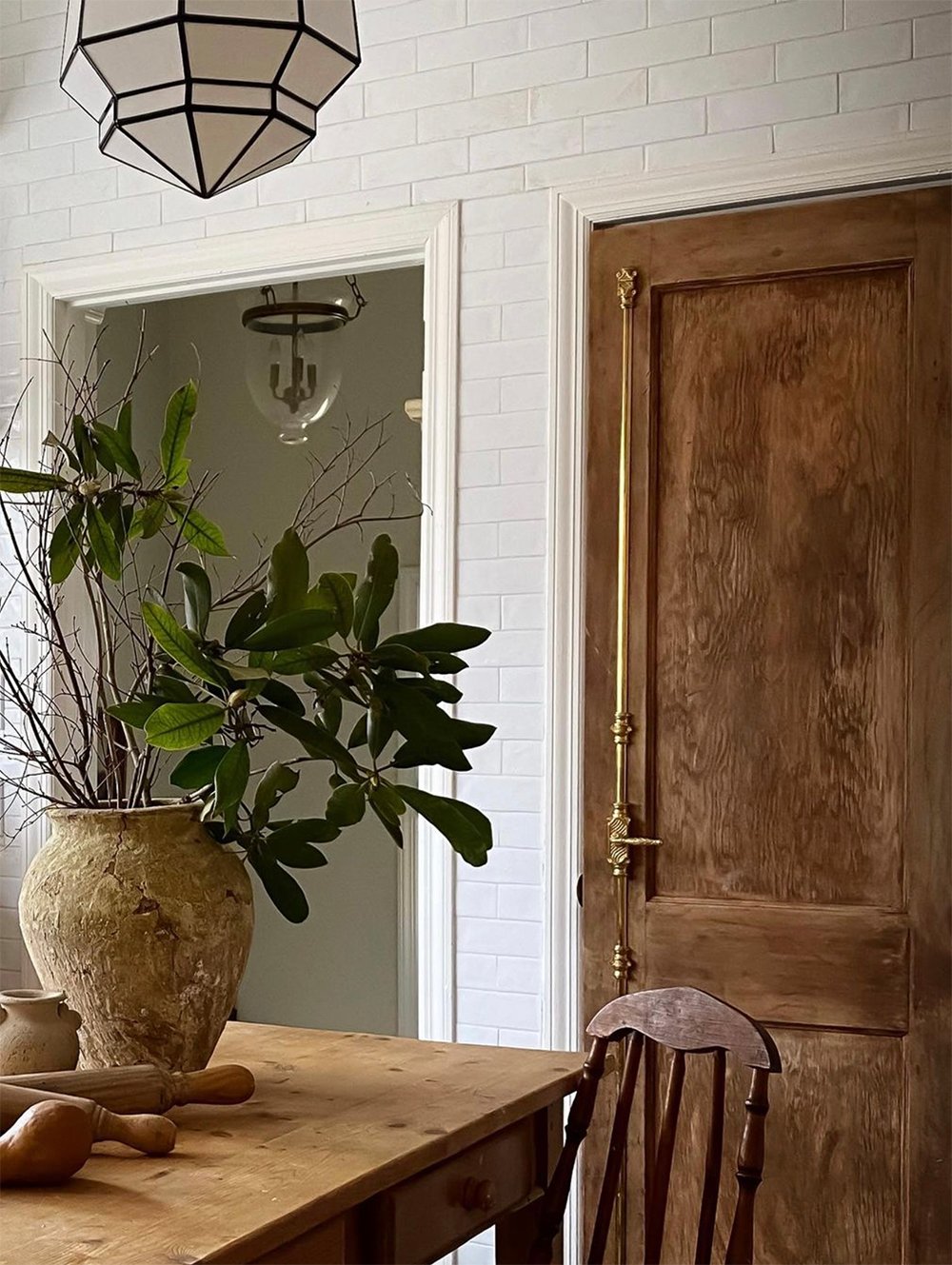
The other day in a blog post I mentioned my love for cremone bolts. I’ve actually been seeing more of them lately. It’s a timeless piece of hardware I really enjoy from an aesthetic point-of-view. I’d like to find a place to incorporate some in our own home… perhaps our future laundry room or mudroom cabinetry? Time will tell! Anyway, I got a few requests asking for an expanded blog post on this particular topic. I could talk about hardware all day, so let’s dive into cremone bolts, their history, how they function, inspiring installation examples, and how to use them. Click through to chat hardware with me!
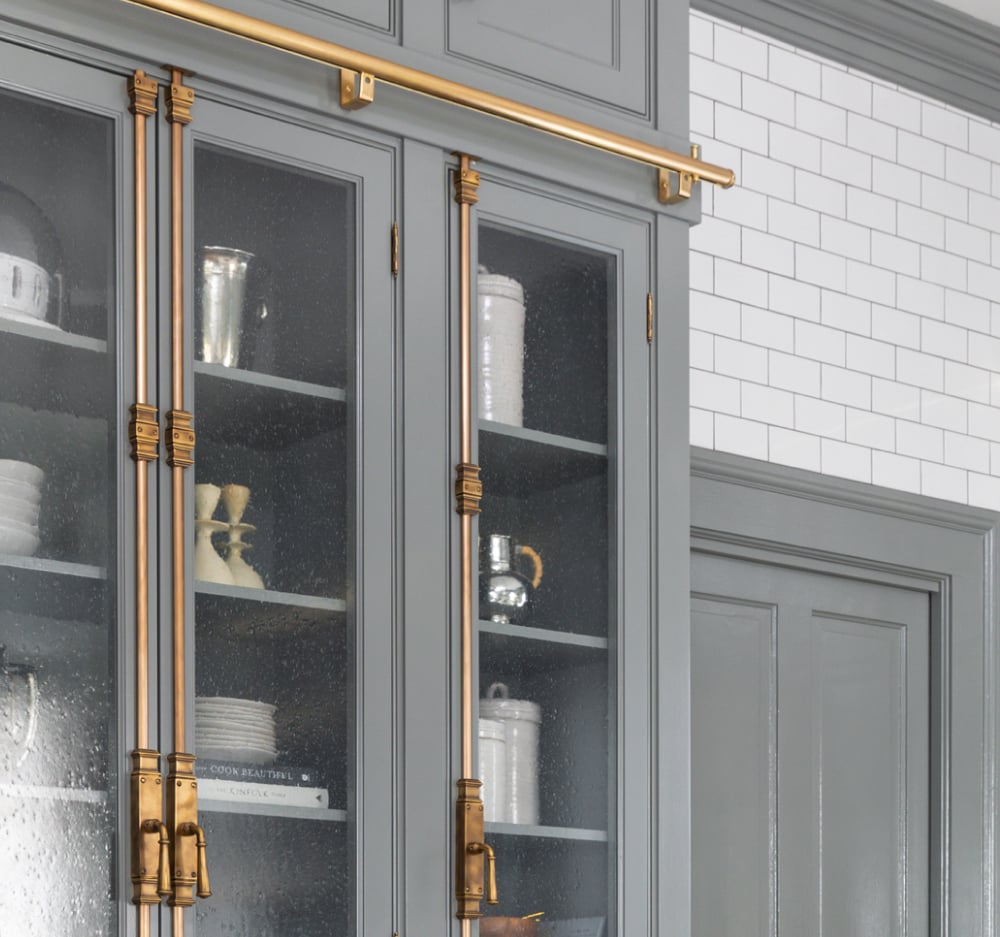
First, let me explain what a cremone bolt is (if you’re not familiar). It’s a type of hardware that uses surface mounted vertical rods that secure and run the length of a cabinet, door, window, built-in, bookshelf, etc. A cremone set has two rods, one at the bottom and one at the top. When you turn the knob or lever, they slide up and down on the outside of your window or door and lock into sockets that are fixed to the frame. They’re most commonly seen on French doors and European cabinetry. Cremone bolt sets are typically installed for decorative purposes and can look more ornamental and industrial than standard door or cabinetry hardware. While decorative, they do lock a door, cabinet, or window into place- they’re just not as secure as other options we’re used to seeing. Today, their primary purpose is for adding character and boosting the aesthetic of your millwork.

Where did cremone bolts originate? I bet you could guess… Europe- France & Italy to be exact. They first appeared in French design during the 18th century, but it is believed they were imported from the Cremone region in Italy. There were also lots of espagnolettes being used around that same time, that are very similar looking. Both were used to lock doors and windows into place. You can still see many historic cremone bolts used in France and Parisian apartments.
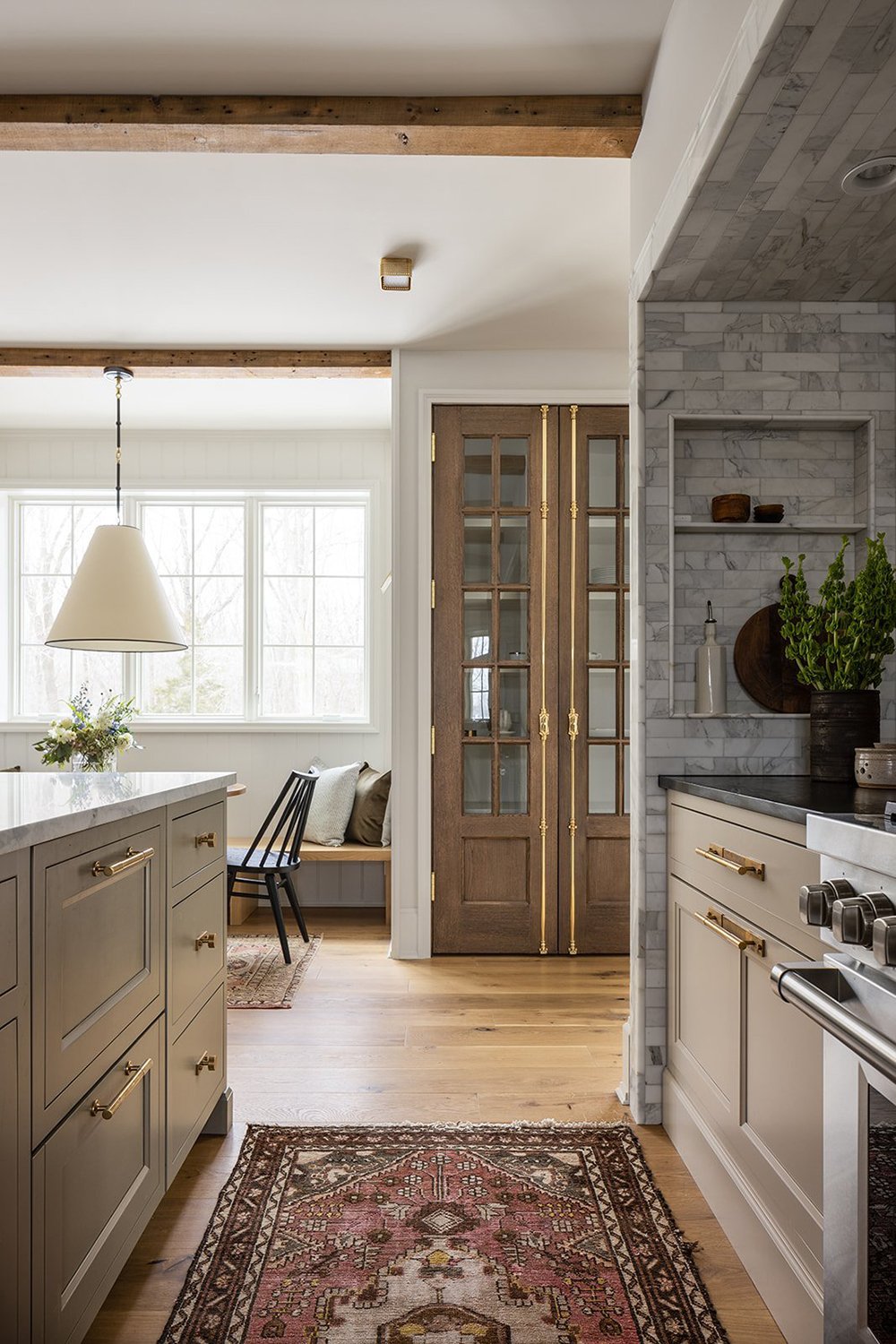
In the states, cremone bolts are often called “surface bolts”. They have a traditional and historic feel that adds a layer of authenticity and character to millwork. I’ve been noticing more of them in my feed, which is a trend I’m actually excited to see more of. So where exactly would you install these? French doors, cabinetry, tall freestanding cabinets or pieces of furniture, built-ins, or you can even buy some readymade bookcases that have them.
I like to think of hardware as the jewelry or accessories for your millwork… these over the top, statement-making surface bolts are perfect for adding some historic charm to your home. They work best with traditional style doors or millwork.
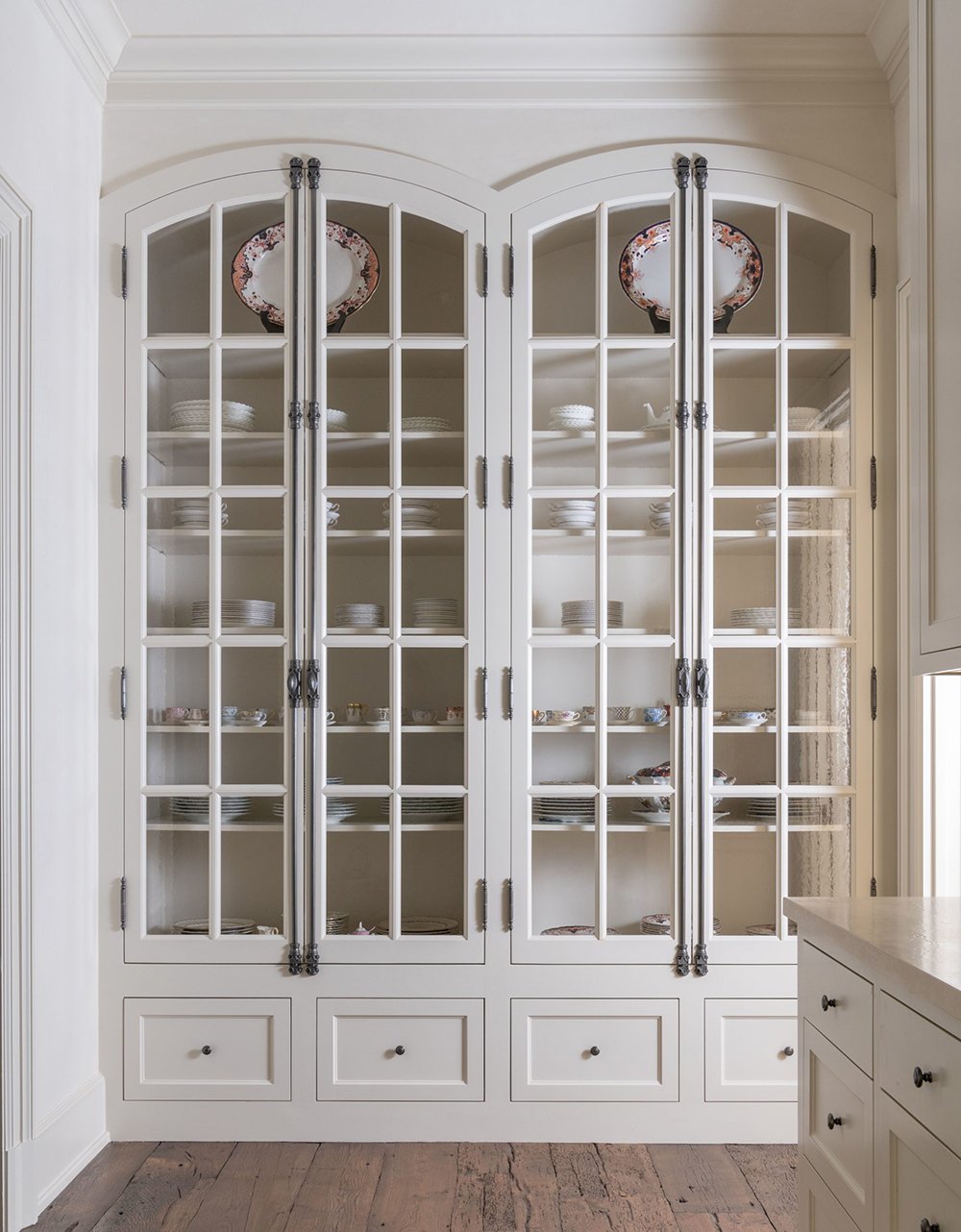
Let’s talk about installation. Cremone bolts are surface mounted to the door and are actually pretty easy to install… it’s something you could even add after the fact. The biggest pain point of using functional cremone bolts is they’re prone to fall out of alignment. You may have to reset the rod occasionally. Have you been noticing cremone bolts? Did you know what they were? I’d also love to hear if you like the look. Traditional and historic looking millwork and interiors is definitely in style right now. Cremone bolts go hand in hand with that aesthetic.
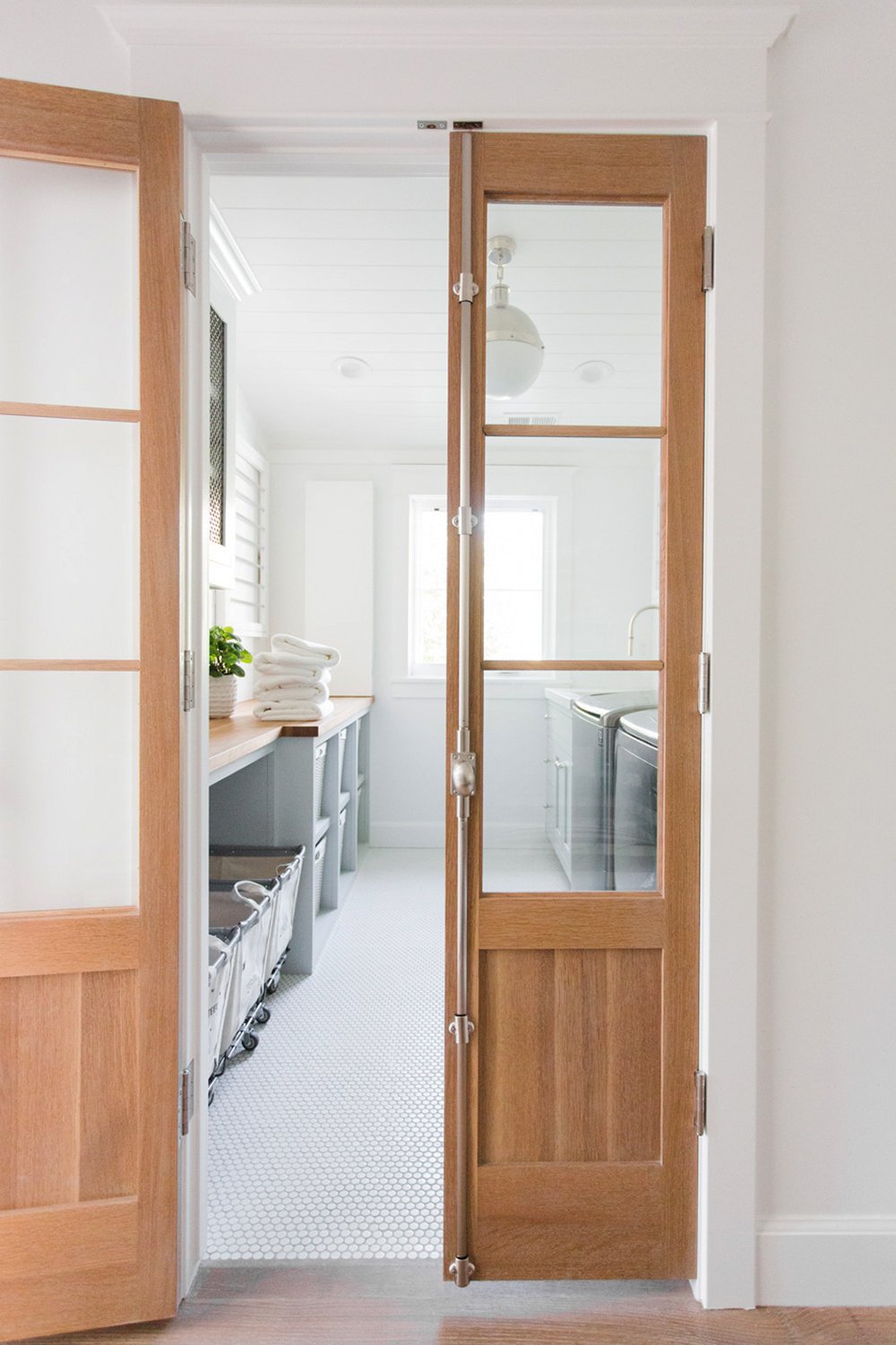
Now that we’re back home from our little lake getaway (which was so wonderful!), I’m working on cleaning up our house before I begin to transition and restyle things for fall. We have some quick and easy projects up our sleeve. Can you believe next week we’re entering September? This year has sped right by. I hope you have a wonderful weekend ahead! Cheers to pizza and festive cocktails…

